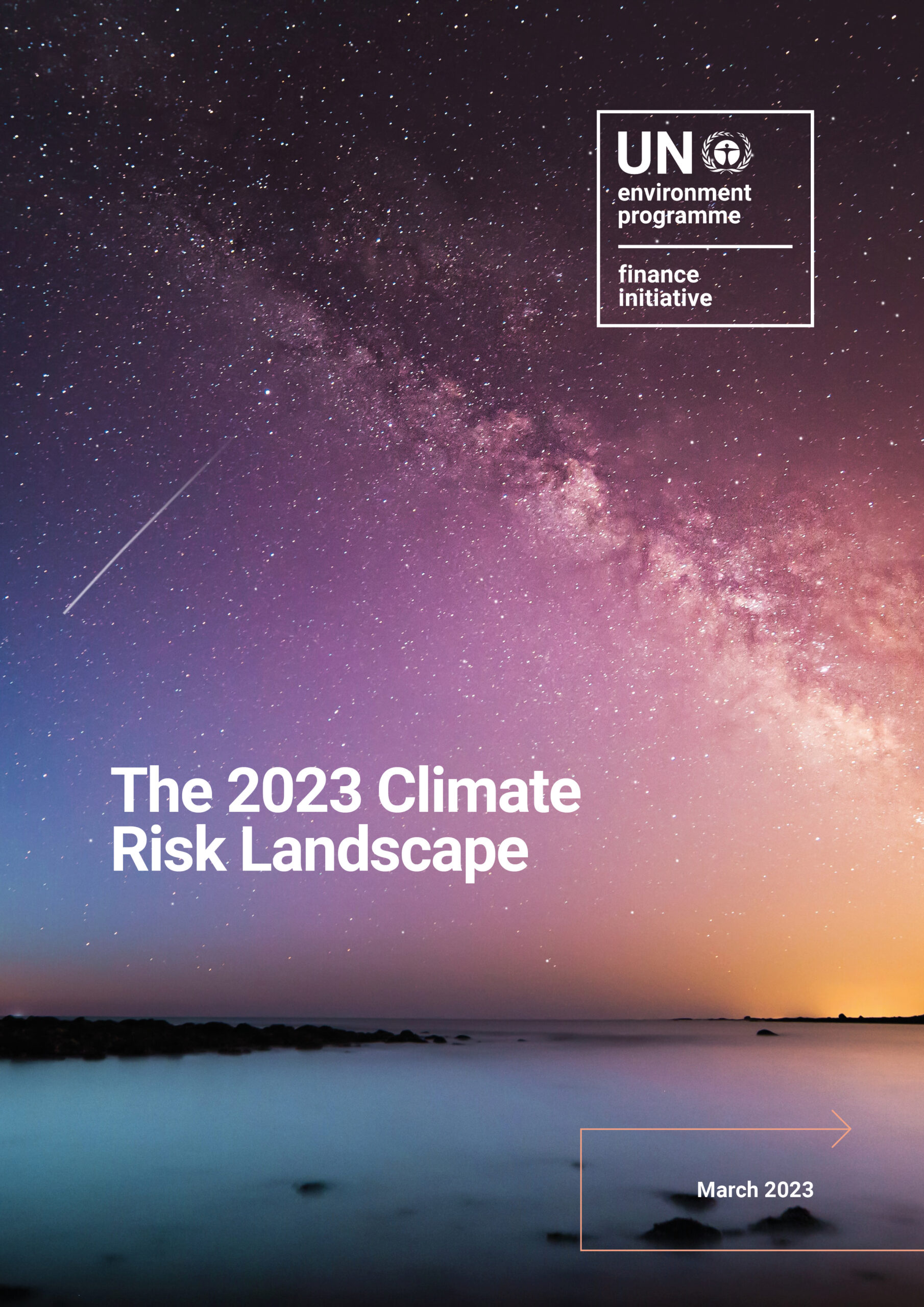Ahead of the tenth anniversary of the Paris Agreement this year at COP30, countries[1] are expected to submit their updated greenhouse gas reduction targets for 2035—and they are required to reflect the hallmark “ratcheting up” of ambition embedded within the Agreement.
These targets—Nationally Determined Contributions (NDCs)—are increasingly coupled with countries’ National Transition Plans that outline how progress towards those targets will be financed. COP30 will be a key moment to see which countries are working to attract private investment into their climate plans.
Eric Usher, Head of UNEP FI, explains what these developments will mean for financial institutions and how they can take advantage of these new opportunities to boost investment in climate solutions.
As the finance sector ramps up investment, Nationally Determined Contributions present more opportunities
The private sector is already playing a key role in financing the transition and the move towards resilient economies: the global finance and corporate sector grew their average annual climate finance contributions to USD $1 trillion for the first time in 2023, outpacing the growth of public finance for climate-related investment.
As of early October, 62 countries have submitted their updated NDCs and more are expected. Many of those NDCs include transition planning, and there are several standouts, including Nepal and Brazil, that have provided substantial detail on private sector mobilization strategies. Countries representing developing markets that tend to need greater capacity-building and technical assistance have also strengthened their climate investment readiness signals.
Countries’ transition plans provide new ways to make NDCs investable
At UNEP FI, we see many financial institutions that are ready to make climate-aligned investments but are looking to understand countries’ climate plans as an investment opportunity. National Transition Plans with timebound funding targets offer one point of leverage for them.
These Plans outline the policies and regulations needed or in progress to deliver on NDCs across all economic sectors. They also provide a transaction pipeline that is ready for private investment—including specific projects and infrastructure for investors to consider supporting—and they distinguish between transactions that need concessional finance and those ready for commercial investment.
Financial institutions can evaluate financing opportunities by assessing elements of countries’ National Transition Plans, including:
- Industrial strategies and sectoral pathways, which financial institutions can use to determine how to work with specific industries and sectors on their decarbonization and climate resilience plans.
- Policy and regulation, such as carbon pricing, subsidies, and tax incentives, which financial institutions can leverage to create new financial products and finance and invest in low-carbon investments with more favorable risk-return profiles.
- Policy enabling environment, such as taxonomies, climate-related financial disclosure rules, and due diligence requirements, which can help financial institutions identify transition-aligned activities, mitigate risks, and seize opportunities to finance corporate activities that align with national sustainability goals—and in doing so, reduce their financed emissions. Financial institutions can also consider how governments are aligning with other countries’ policies to make them compatible, which can make it easier for institutions to do business and invest internationally in projects that support the transition.[2]
By understanding and considering these components of National Transition Plans, along with their own sustainability and portfolio goals, financial institutions can leverage these plans to guide financing decisions and increase the scope and scale of climate financing.
COP30: An opportunity for the finance sector to invest in the future
As countries set new targets that accelerate the transition to renewable energy and net-zero, preserve nature, end deforestation, and realign trillions of dollars in global public and private finance in support of these goals, National Transition Plans offer the global finance sector guideposts to seek out new business opportunities globally.
COP30 will provide ambitious financial institutions with the opportunity for a closer look at which markets are taking bold steps and offering attractive investment opportunities.
Together, the public and private sector can accelerate the just transition to net zero and a future where the world is more resilient to the impacts of climate change, with a triple bottom line of society, nature, and financial growth.
About this series:
This blog series on the road to COP30 highlights core UN climate negotiation issues affecting banks, insurers, and investors, as well as the wider financial system.
The series focuses on issues that delegations are deliberating under the UN Framework Convention on Climate Change and the Paris Agreement on Climate Change. Following the June 2025 Bonn Intersessional meetings, Parties will resume formal negotiations at COP30 in Belém, Brazil November 10-21, 2025.
UNEP FI participates in UN climate COPs as a Non-Party Observer Organization and has no formal negotiating role, though it provides technical advice.
This article is the second of three blogs in the run up to COP30. The first in the series highlighted the top 5 negotiation outcomes affecting the global finance sector at COP30. Please find more information on UNEP FI’s COP30 events page.
This article draws on a background paper presented to UNEP FI’s Leadership Council in December 2024, with updated information on developments around NDCs, NTPs, and the lead-up to COP30.
[1] Parties include the 194 countries plus the EU that have signed the Paris Agreement.
[2] Emerging pan-regional initiatives designed to increase cross-border participation of the private sector in climate finance include the Multi-Jurisdiction Common Ground Taxonomy of China, the EU, and Singapore, the ASEAN Taxonomy for Sustainable Finance, and the Common Framework for Sustainable Finance Taxonomies for Latin America and the Caribbean.


